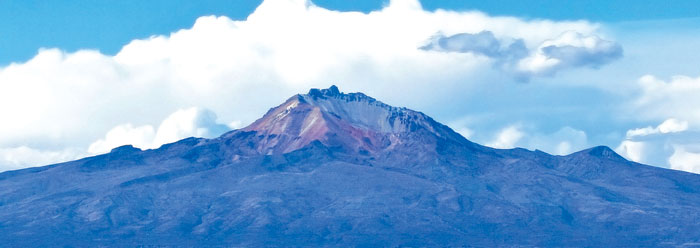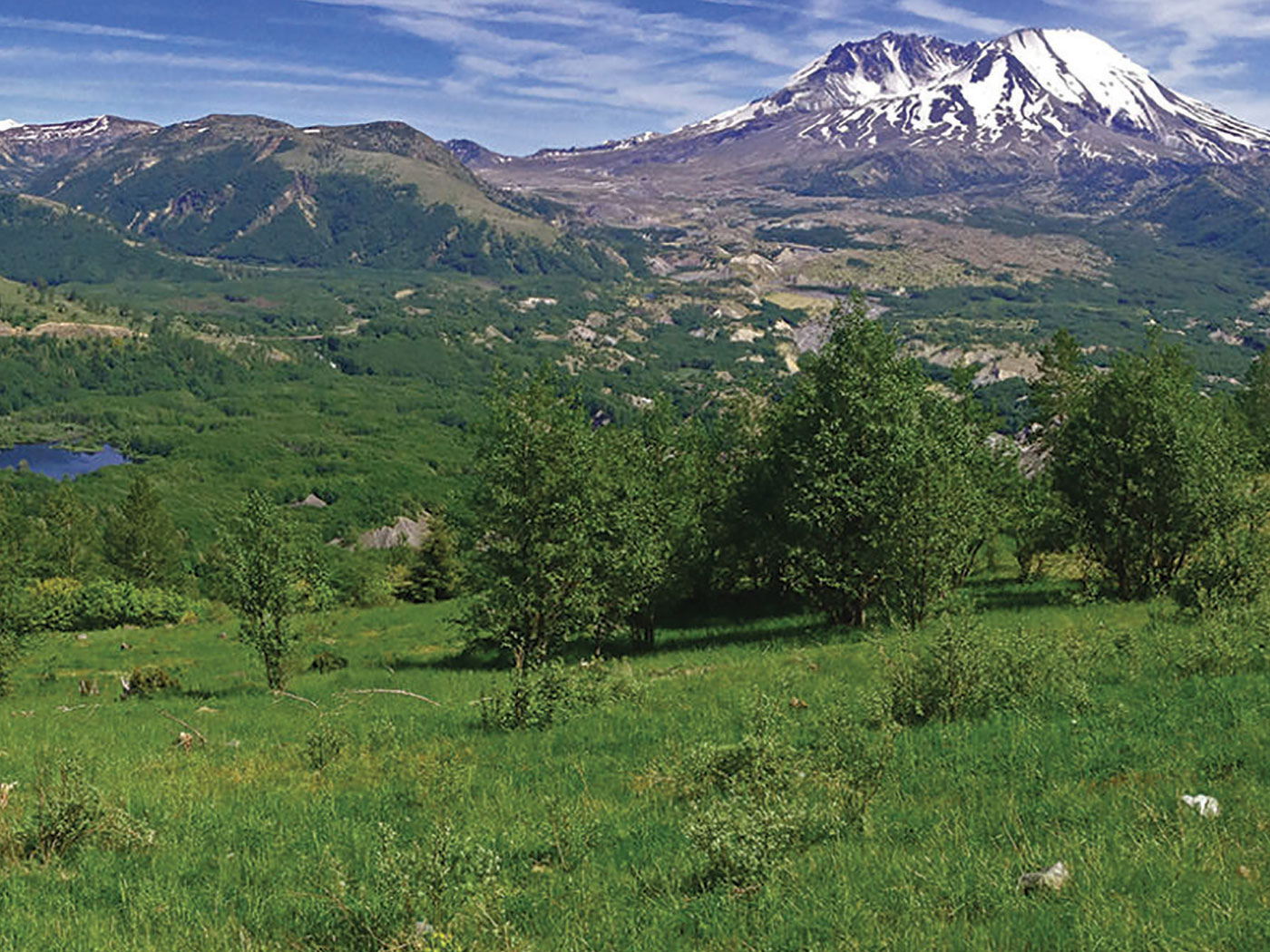Despite the impressive discoveries made by creation scientists, there is still much work remaining to be done. For those considering a career in creation science, either professionally or as a lay advocate, there are questions still needing answers. One of these has to do with the origin of thick layers of salt within the strata, interspersed with other sedimentary layers and covering wide geographic areas.
The standard interpretation is that salt layers represent vast evaporation of salty seawater that was repeatedly trapped in lagoons or other pockets and then evaporated, leaving the salt behind. Over great ages of repeated fillings and dryings, the salt built up into thick and wide deposits. True enough, evaporating seawater does leave salt behind, but is this an adequate explanation for the immense beds of salt we see? Salt precipitates out of water because solvents can only hold a finite amount of dissolved salts. Hot water can hold more, but water under pressure does interesting things. As a general rule, the salt layers left behind from evaporating seawater are thin and contaminated with other minerals, wind-blown dust, plant fragments, etc. But the world's great salt layers are relatively free of contaminates, ready for use on roads, or easily cleanable and appropriate for consumption.
Salt beds today often cover immense areas. One salt bed from New York to Ohio covers an estimated 600,000 square miles and is hundreds of feet thick. How many times must an enclosed basin have been filled and then evaporated to produce such volumes of salt? Geologists admit there are essentially no modern counterparts to these ancient environments. Modern-day salt volcanoes on the sea floor or in places like the Red Sea might be a place to start,1 but the scale of past events dwarf those of the present. Can the evaporation model, or any model constrained by uniformitarian thinking, explain the great volumes of relatively pure salt, without other sediments, chemicals, organisms, etc.? There must be a better story to tell. Surely, something very different was happening in the past, something of great lateral extent and of great geologic potential. Maybe something like a worldwide flood.
Creationists have proposed a hydrothermal model for the origin of pure, thick salt beds. Admittedly, there is no modern analog for this either, but the Bible clearly sets the stage for something like this to happen. During the great Flood of Noah's day, "all the fountains of the great deep [were] broken up" (Genesis 7:11), spewing hot liquids into the deep oceans. This no doubt included magma, but perhaps also hot water containing dissolved chemicals, including salt-saturated brines. These super-heated, super-saturated waters would have lost their ability to retain their load when they encountered the cool oceans, and great layers of precipitated salts would result. There would be little opportunity for contaminants to enter.
This model explains in general what is observed, but it has not been adequately tested, by creationists or evolutionists. Probably uniformitarian geologists are afraid of it, because they see no chance of explaining salt deposits with the limited processes possible today. The opportunity remains for a creationist researcher to tackle the task, putting catastrophist concepts to the test. After all, the Bible orders us to understand His creation, giving Him all the glory for what He has done. "Prove all things; hold fast that which is good" (1 Thessalonians 5:21).
Reference
- See Hovalnd, M. The Hydrothermal Salt Theory. Marine Geological Discoveries. Posted on martinhovland.com.
* Dr. Morris is President of the Institute for Creation Research.
Cite this article: Morris, J. 2010. Evaporites and the Flood. Acts & Facts. 39 (6): 17.





















